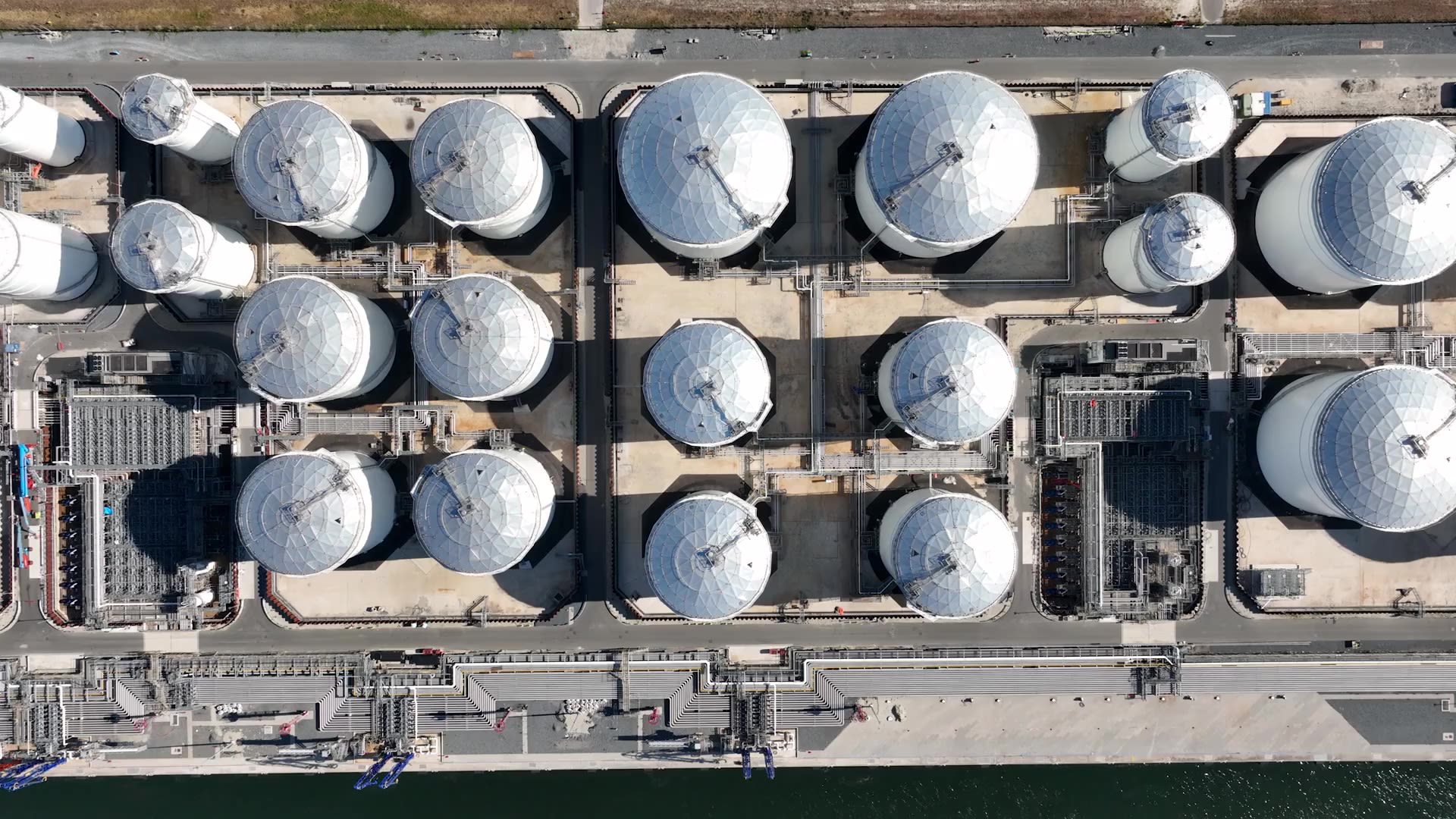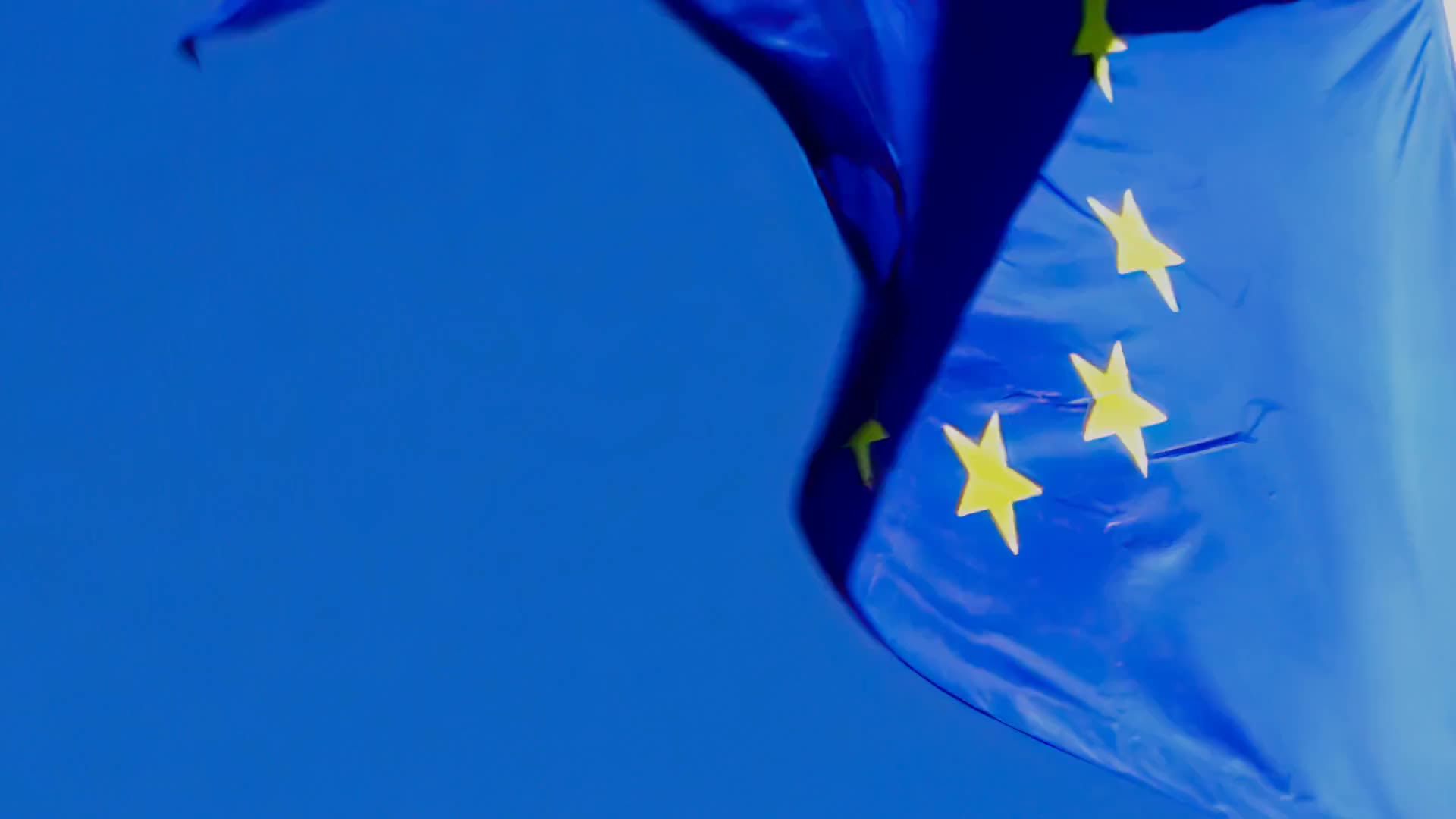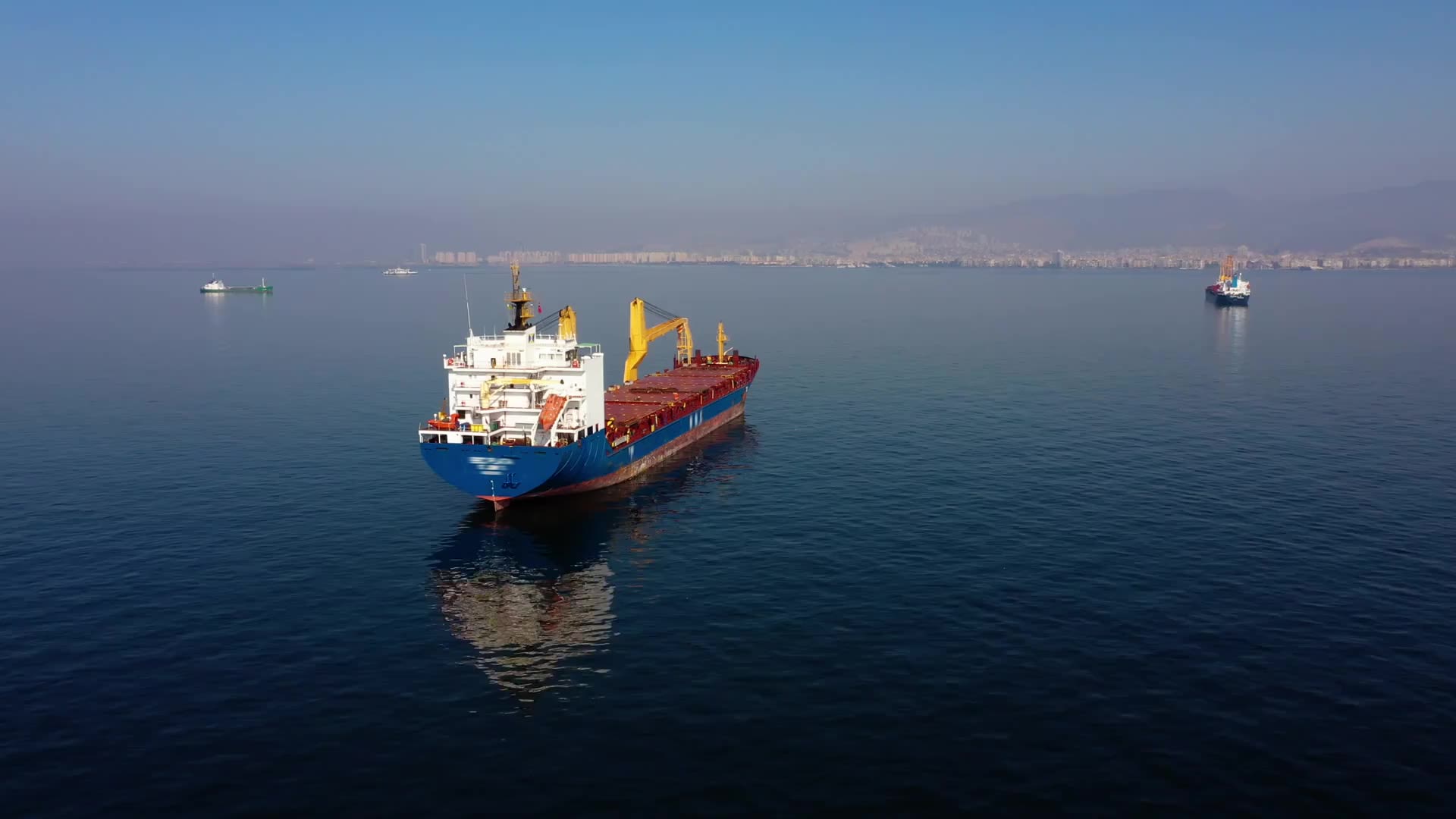Seizing the day: capitalising on opportunity in China

Following a programme of significant investment in chemicals production in recent years, China has reached self-sufficiency in some key chemical building blocks and, for the first time become a net exporter. While weak demand is impacting chemicals markets globally, and China is no exception, the country’s increased production capacity and the corresponding shift in market dynamics have placed China in a strong position to capitalise on its relative strength, both at home and abroad.
Chinese capacity

Fifteen years of strategic investment in chemicals production in China are now bearing fruit. Following a raft of additional capacity, underpinned by strong growth assumptions and relatively low-priced crude oil, China’s share of global chemicals production has grown significantly in recent years.
China is continuing to add capacity. As a result, it is now the world’s biggest exporter of key chemicals including polyethylene terephthalate (PET) films and resins, purified terephthalate acid (PTA), polyvinyl chloride (PVC) and polyester fibres [source: ICIS Supply & Demand Database trade data]. And in polypropylene (PP), Chinese producers have begun exporting lower-value-grades into Vietnam, India, Pakistan, Turkey and Latin America, with exports almost tripling between 2020-20221, while imports almost halved.
Relative cost advantage

Since 2020, China has invested in some of the largest production plants in the world. The country now boasts many state-of-the-art, integrated refining and petrochemicals facilities. With their ability to produce oil for use as both an energy source and feedstock for chemicals production, these plants benefit from considerable cost advantages when compared with standalone producers and are in a strong position to capture market share over the longer term.
China’s reliance on higher-priced imports has begun to decrease. Until recently, China was one of the highest-cost chemicals producers but as the country moves towards self-sufficiency and oversupply, that is no longer the case, allowing China to price more competitively on the global market.
Gaining domestic market share

With increased self-sufficiency, Chinese producers are well placed to steal domestic market share from South Korea, Taiwan, Thailand, the US and the Middle East, to date, the main exporters to China.
Expansion into export markets: Europe

Europe remains one of the largest import markets and continues to present a significant opportunity for Chinese exporters. The challenge lies in aligning with stringent EU legislation such as the Carbon Border Adjustment Mechanism (CBAM), designed to level the playing field between producers in the EU and those in countries with less restrictive emissions policies.
The timescale for full implementation remains unclear, however China is reducing the carbon output of its chemicals industry, opening up the possibility of it competing more effectively in the European market if the CBAM is applied to organic chemicals and polymers.
In order to gain a foothold in European import markets, Chinese exporters looking to the longer term will need to demonstrate a clear understanding of their carbon footprint, offered by analytics tools such as Supplier Carbon Footprints. North America and the Middle East, currently the largest exporters into Europe, have already introduced carbon reduction programmes and are producing low carbon polymers to meet the demands of EU buyers.
Other export markets

To take the earlier example of PP, China has begun taking overseas market share from South Korea, Taiwan, Thailand, Singapore and the Middle East, the largest global exporters of PP. Given its importance in the production of carpet, the largest global importer of PP is Turkey. To fully understand this potentially lucrative market, Chinese exporters require an understanding of pricing, supply and demand both in Turkey and in neighbouring markets such as India and Pakistan, all of which can be gained from ICIS’ Supply & Demand Database.
Economies of scale have also led to China becoming a much larger producer in some higher-value chemicals such as NB copolymers, polycarbonate and epoxy resins. The ICIS Supply and Demand Database can help identify new business opportunities with up-to-date information on plant ownership and technology, on a subsidiary and affiliate basis, from ICIS’ unrivalled network of chemicals experts embedded in key global markets.
Being able to gauge the strength of the market is vital in helping producers know when and where to sell, as well as which products or grades are in highest demand. With access to information on month-on-month price movements overlaid with granular data on current and forecast import volumes, supply, demand, margins and cost curves, new exporters can benchmark profitability against their competitors and navigate unfamiliar markets with confidence.
Conclusion

Chinese overcapacity, coupled with weak global demand, is transforming global chemicals supply chains. Navigating these new market dynamics, while addressing competition from established exporters with cheaper, lower carbon and higher-grade products is challenging. But for Chinese producers that adapt and remodel for longer-term success using expert data and analysis, there has rarely been a better opportunity to capitalise on opportunity.
1 Source: ICIS analytics. Exports of PP rose from 0.5m tonnes per year to 1.3m tonnes per year between 2020-2022 (0.5m and are continuing to rise, while net imports almost halved from 6.1m tonnes to 3.2m tonnes).
Author:
Corinne de Berry is a Senior Copywriter at ICIS, working across sustainability, chemicals and energy. Her interests span decarbonisation/net zero, recycling and the energy transition.
Related content
Speak with ICIS
If you are interested in learning about how our specialist insight can help you make better business decisions, contact the ICIS team today. Simply complete the form and we will get in touch with you as soon as possible.


